An Ancient Ceiba Tree Blooms Once Again After Puerto Rico’s Devastating Storms
The island of Vieques is still struggling after the hurricanes of 2017, but its most famous tree offers hope.
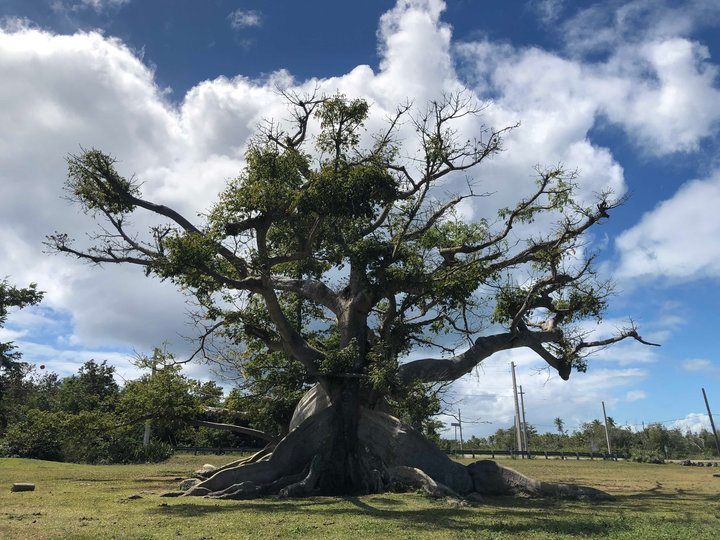
This story was originally published by HuffPost and appears here as part of the Climate Desk collaboration.
It’s been a year and a half since hurricanes Irma and Maria pummeled Vieques, a tiny island of off Puerto Rico’s eastern coast, and still many homes lay in rubble, electric wires hang precariously from poles, and a crippled cargo ferry system causes shortages of groceries.
The flora, too, bear the scars of the most destructive storms in modern American history.
Patches of leafless gray splotch mangroves that once covered nearly half the 52-square-mile island in greenery. Wind-resistant palms, their trunks snapped by fierce gusts, remain permanently hunched.
Yet an ancient ceiba tree Viequenses consider sacred is staging a remarkable comeback, one that symbolizes the resilience of the island itself for some residents.

Ceiba trees, sometimes called kapok trees in English, dot the island, but there’s only one known as the ceiba. It’s the island’s oldest tree, estimated to be upward of 400 years old, and stands as Vieques’s third-most popular tourist attraction after a 174-year-old Spanish fort and a bioluminescent bay that boasts the brightest glowing dinoflagellates in the world.
Photographs taken after Hurricane Maria show the tree leafless and badly damaged, with knobby limbs lying broken around its thick trunk. But today, new growth sprouts from its gnarled branches. And in February 2019, pompoms of pink blossoms unfurled for the first time since the hurricanes.
“It’s pretty amazing,” Edgar Oscar Ruiz, a 34-year-old local clean-energy activist living on Vieques, said staring up the tree’s trunk.
Only a few of the flowers remained during a visit to the island in late February. Dried, brown husks of expired blooms littered the ground below, blending with the scattered piles of wild horse dung to create an earthy potpourri. The flowers burst open at dusk, drawing swarms of bees, spiders, and hummingbirds to what Ardelle Ferrer Negretti, the founder of a local community project to protect the ceiba, calls “the nectar feast.” When the sunlight fades into blackness, bats join the banquet.
The fact that the ceiba blossomed at all this year demonstrates the kind of speedy recovery that’s evaded so much else on this island.
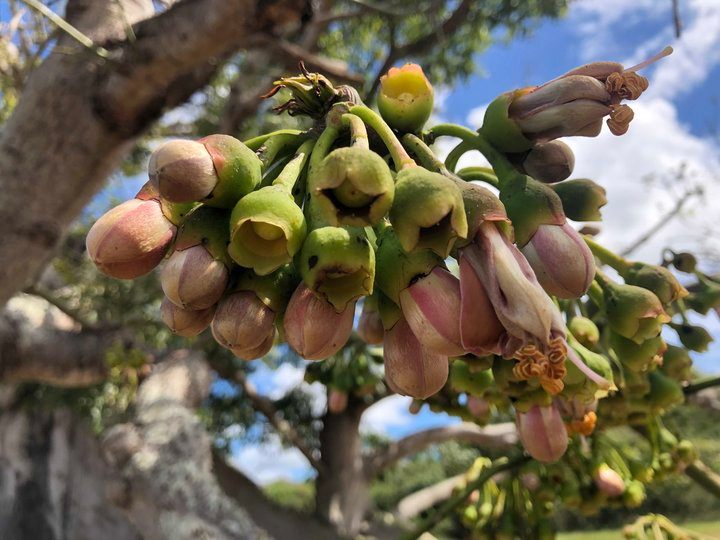
Ceiba trees don’t bloom consistently. The pink, lily-like blossoms appear only under the right conditions after the tree absorbs and stores enough energy to produce the bright, sugary flowers.
“That this tree is blooming now tells me is it was able to bud leaves after Maria and still get enough energy, and probably had some stored from before,” Fabián Michelangeli, a curator at the New York Botanical Garden’s Institute of Systematic Botany, said by phone. “But that means it’s healthy enough to go for more blooming.”
The ceiba is the national tree of Puerto Rico. There is at least one other park venerating a roughly 500-year-old specimen in Ponce, a city on the central southern coast of Puerto Rico’s main island. But, on Vieques, the famed ceiba’s centuries of survival encapsulates the island’s fraught history.
The Spanish colonized the island as the English, Danish, and other European powers began encroaching westward from their own settlements on the archipelago to the east. While the Puerto Rican mainland developed a peasant farmer economy alongside sugar plantations worked by slaves, Vieques became a giant plantation. When the Spanish finally abolished slavery in the 1870s, the former slaves and newcomers from neighboring islands became sharecroppers, called agregados, who continued to grow and harvest sugar cane.
That system remained for decades after the United States conquered Puerto Rico following the 1898 Spanish-American War. In the 1940s, the U.S. Navy decided to build a base on Vieques, evicting agregados from the land they lived on for generations and demolishing their homes, crowding much of the population onto an area in the center of the island. The bulldozers spared the ceiba tree, which sat next to the first checkpoint erected to gate locals off from the third of the island the military now claimed.
“Even the Navy understood there was something special about it,” Ruiz said.
A protest movement, known among locals as “the struggle,” finally ousted the Navy in 2003. Four years later, Ferrer and others started La Ceiba Community Project to remove trash and debris from the grassy area around the ancient tree.
“She brought us all together to restore that space, which is now used by the locals all the time,” Ferrer said. “It’s a symbol of hope that we can continue, that things may get hard but if we stand strong we can make it.”
Today, the ceiba is the centerpiece of a 51-acre coastal park where endangered manatees, green turtles, and brown pelicans live. On rainy days, water pools in the bowl-shaped crannies between the tree’s twisted limbs, attracting tiny crabs and wild horse, who drink the rainwater.
It’s easy to see why ceibas like this one occupy such a unique place in indigenous mythology. In Maya culture, ceiba trees marked the center of the Earth, and the young branches—covered in spikes like sharpened chainmail—were believed to serve as a ladder allowing the spirits of the dead to ascend to the afterlife.
“It connected multiple worlds in the Maya universe,” said Wayne Elisens, a recently retired botany professor at the University of Oklahoma. “It connected the worlds so souls could climb from this world up to the heavens.”
In the religion of the Taíno, Puerto Rico’s indigenous people, the ceiba tree is considered the daughter of YaYa, the all-powerful goddess, Ferrer said. That’s partly why locals ascribe the feminine “la” to the ceiba even though the Spanish word for tree—“el arbol”—is masculine.
“She’s like the ceiba mother that we all feed from, even the humans, because we feed peace and respect and lightness of the soul,” Ferrer said.
“The ceiba has become a source of well-being, good mental health, good family-oriented space that enriches not only people but their families,” she added. “The reflection of all that is how healthy she is, and that she has bloomed again.”


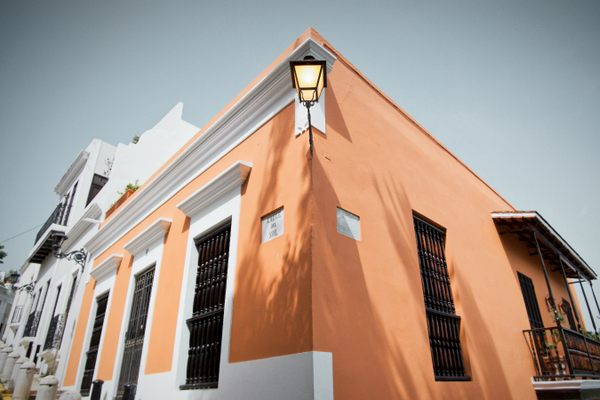



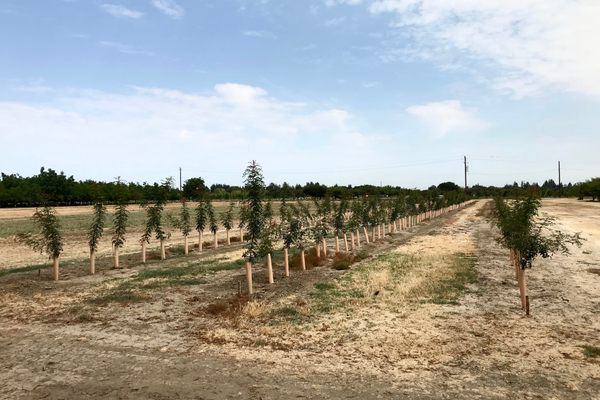
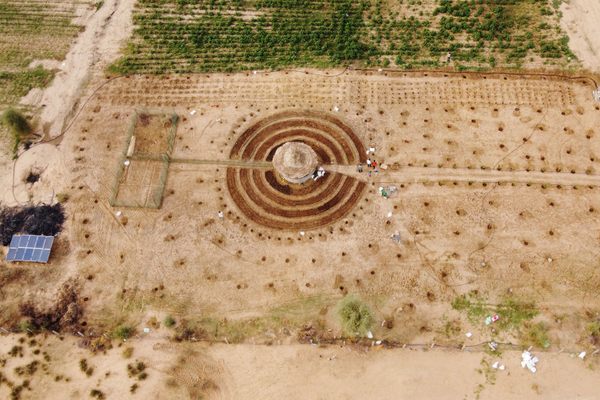










Follow us on Twitter to get the latest on the world's hidden wonders.
Like us on Facebook to get the latest on the world's hidden wonders.
Follow us on Twitter Like us on Facebook